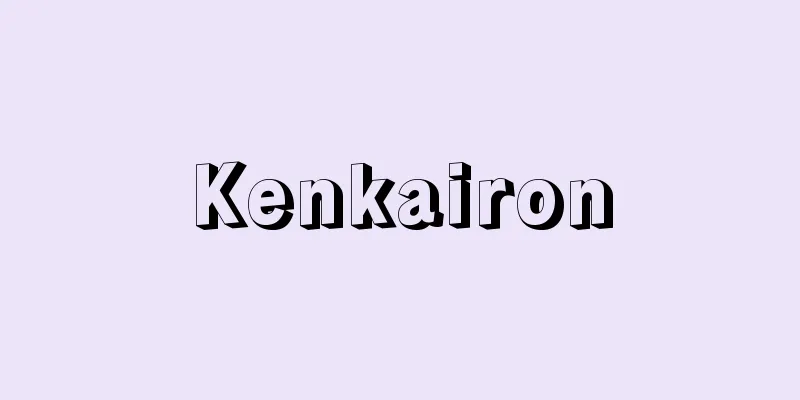Old man - Okina
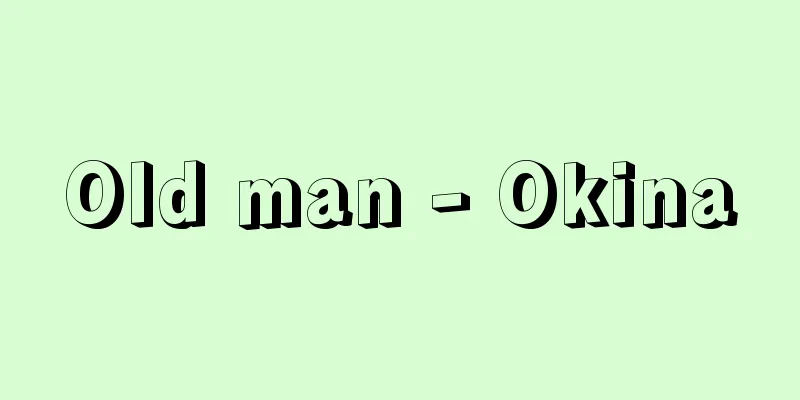
|
...In Noh, the performer in charge of the Sanbaso and Furyu parts of "Okina", the Ai (interlude) parts of Noh, and the Kyogen parts as independent plays (called Honkyogen when distinguished from Interlude). A term used for the shite, waki, and hayashi actors. From [Shikisanban]...It is performed by Noh and Kyogen actors, but it is a different genre that is neither Noh nor Kyogen, and has an old-fashioned style that differs from Noh and Kyogen in all aspects, such as the structure, poetry, singing, music, dance, masks, and costumes. The name Shiki Sanban means ``three typical plays'' and refers to the three plays: ``Chichi no Jo'', ``Okina'', and ``Sanbasarugaku''. All of them are plays in which an elderly god performs a congratulatory speech and a celebratory dance, and there is no direct relationship between the three, but unlike Noh and Kyogen, a play is not selected from these, but is performed as a set of three. ... From [Tachiai]...In 1429 (Eikyo 1), a Noh performance was held at the riding grounds of the Muromachi Imperial Palace Kasagake, featuring a match between Kanze Genga and Onami, and a match between the Hosho and Junigoro troupes. At Tonomine Sarugaku, the various Yamato Sarugaku troupes on sankin (temple visits) competed in creating new pieces, and a four-troupe match (dance) of "Okina" was performed. The currently performed variants of "Okina," "Yumi-ya no Tachiai" and "Funa no Tachiai," are performed by the three schools of shite actors or actors of a similar rank, and the jiutai (chants) are performed in a renga (group chanting) style.... From [Noh Costume]… There are records from the end of the Heian period to the beginning of the Kamakura period in which the costumes of the predecessor performing arts of Noh, Sangaku, Shusarugaku, and Dengaku, were lavishly decorated with gold and silver, competing for extravagance, but there is no sign of the Noh of the Kannami and Zeami era being influenced by them. Today, even the costume of the "Okina" character, which is the most ritualistic of all Noh plays and is typified by Shoko Monnishiki, is described in the Sarugaku Dangi as "The true form of the Okina costume must be passed down orally. It was not so ostentatious." … From [Matarajin]...He was enshrined in the back door of the Jodo-do of the central Tendai temples in various regions, including Mt. Hiei, Hossho-ji, Tonomine Myoraku-ji, Nikko Rinnoji, and Izumo Wan'en-ji. For example, according to the Jodo-do Kojitsu-zoshi of Rinnoji, the ritual was performed during the Jodo-sanmai combined with the Shussui-e ceremony, in which the god was invited to perform the Ennen ceremony, and a mask of an old man depicting the seven stars was brought out, and various performing arts that convey the appearance of ancient Sarugaku were performed. This Ennen ceremony is still performed today at the Jodo-do of Motsu-ji Temple in Hiraizumi, where an old man who seems to be Matara-jin appears and recites a prayer. *Some of the terminology explanations that mention "Okina" are listed below. Source | Heibonsha World Encyclopedia 2nd Edition | Information |
|
…能楽において,《翁》の三番叟(さんばそう)と風流(ふりゆう),能のアイ(間狂言),独立した劇としての狂言(間狂言と区別していうときは本狂言と称する)の演技を担当する演者のこと。シテ方,ワキ方,囃子方に対しての呼称。… 【式三番】より…能役者と狂言役者が演ずるが,能でも狂言でもない別の種目で,構成・詩章・謡(うたい)・囃子・舞・面・装束など,すべての点で能・狂言とは異なる古風な様式をもつ。式三番という名称は,〈例式の三番の演目〉の意味で,《父尉(ちちのじよう)》《翁》《三番猿楽(さんばさるがく)》の3演目を指す。いずれも老体の神が祝言・祝舞(しゆうぶ)を行うもので,3者の間に直接の関係はないが,能や狂言と違ってこの中から演目を選ぶというのではなく,三番一組にして演ずるものである。… 【立合】より…1429年(永享1),室町御所笠懸の馬場で行われた能は,観世元雅と音阿弥(おんあみ)の座対宝生座と十二五郎座の立合能であった。多武峰(とうのみね)猿楽では参勤の大和猿楽各座が新作の演目を競い,また四座立合(相舞)の《翁》が演じられた。現在行われている《翁》の異式《弓矢ノ立合》《船ノ立合》は,シテ方3流の大夫,またはそれに準ずる役者が相舞するもので,地謡(じうたい)は3流の連吟で行われる。… 【能装束】より… 能の先行芸能である散楽(さんがく),呪師猿楽(しゆしさるがく),田楽(でんがく)の装束が華美を競い,金銀で加飾された豪奢(ごうしや)なものであった事例が,平安末期から鎌倉初期にかけての記録に見えるが,観阿弥・世阿弥時代の能がその影響を受けた形跡はない。今日,能の演目中もっとも儀式性が高く,蜀江文錦(しよつこうもんにしき)に代表される《翁》の装束でさえ《申楽談儀(さるがくだんぎ)》には〈翁の装束,真実の晴の形(なり)は,定て別に口伝有べし。さのみてばてばしくはなかりし也。… 【摩多羅神】より…比叡山をはじめ,法勝寺,多武峰(とうのみね)妙楽寺,日光輪王寺,出雲鰐淵寺など各地方の中心的天台寺院の常行堂の後戸(うしろど)にまつられた。その祭祀は,たとえば輪王寺の《常行堂故実双紙》によると,修正会と結合した常行三昧のなかで,この神を勧請して延年が行われ,七星をかたどる翁面を出し,古猿楽の姿を伝える種々の芸能が演ぜられた。平泉毛越寺常行堂には今もこうした延年が伝えられ,摩多羅神とおぼしい翁が登場して祝詞を唱える。… ※「《翁》」について言及している用語解説の一部を掲載しています。 出典|株式会社平凡社世界大百科事典 第2版について | 情報 |
Recommend
Kyoto Eyes
… Until this time, gold was generally circulated ...
Kaiba grapes catalogue - Kaiba grapes catalogue
…In the inner section, lions, leopards, celestial...
Sodium superoxide
…Its structure is thought to be a series of Na + ...
Breed - Frustrated
There are many populations or lineages of cultiva...
adenoid
What kind of disease is it? ●Main symptoms and pro...
Kyonan
...However, it has not been doing so well recentl...
Branch Coral Jewel
...His greatest achievement was perfecting the Sh...
Explosive powder
Explosive substances that can effectively utilize...
Meadow mouse
…Females have a gestation period of 21 days, and ...
Grimke, SM (English spelling)
…American abolitionist and women's rights act...
Arm Strangling - Udejime
…Compression of the neck by the hand is called th...
Tarbagatay [Mountains] - Tarbagatay
A mountain range stretching about 300 km from east...
Nicholas [II] - Nicholas
The last emperor of Imperial Russia (reigned 1894-...
Dalian
A city in the southern tip of Liaoning Province, C...
Ramanantsoa, G. (English spelling)
In 1972, the South African government was forced ...
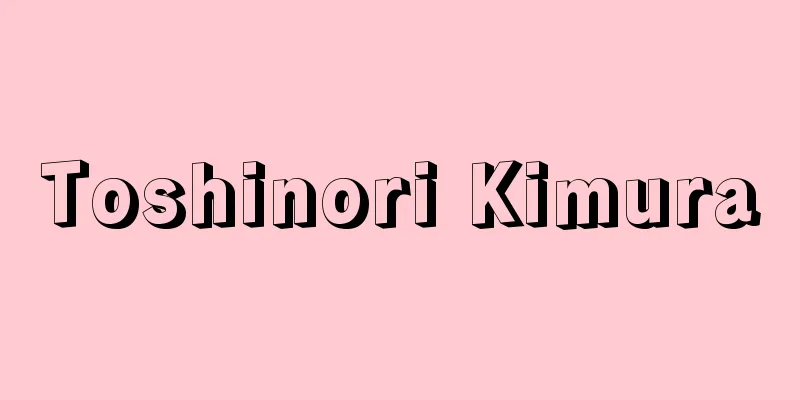
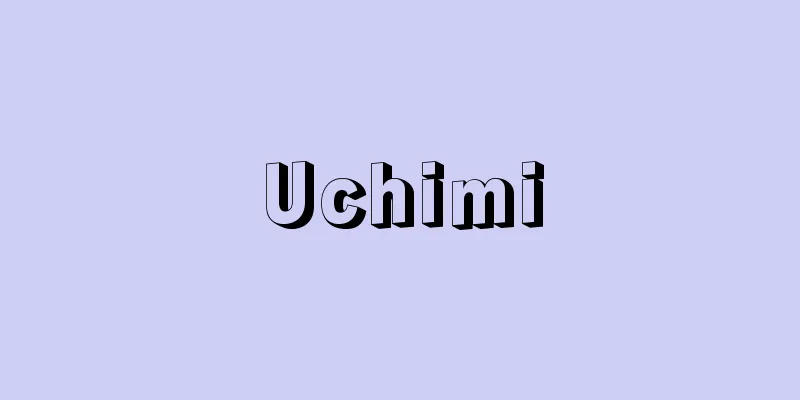
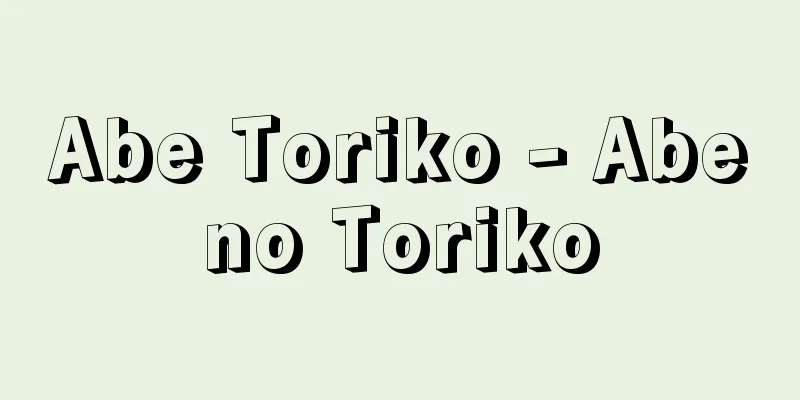
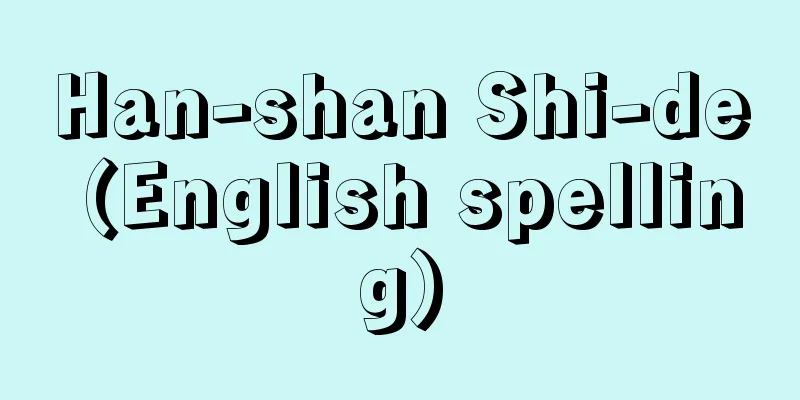
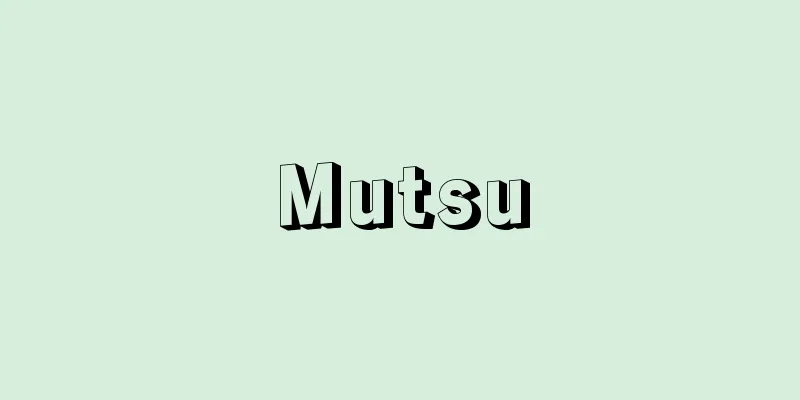

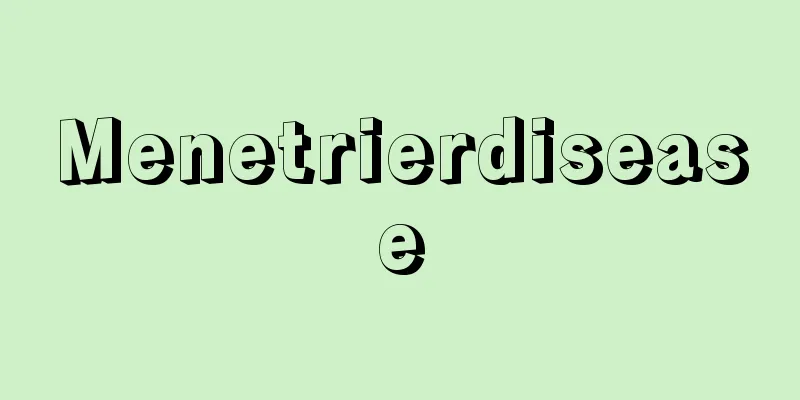
![Texas [State] - Texas](/upload/images/67cc42b60f76d.webp)

